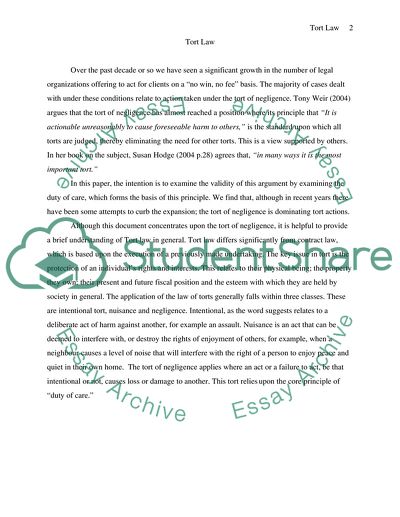Cite this document
(“Negligence and Duty of Care Essay Example | Topics and Well Written Essays - 1750 words”, n.d.)
Negligence and Duty of Care Essay Example | Topics and Well Written Essays - 1750 words. Retrieved from https://studentshare.org/law/1538033-see-attached
Negligence and Duty of Care Essay Example | Topics and Well Written Essays - 1750 words. Retrieved from https://studentshare.org/law/1538033-see-attached
(Negligence and Duty of Care Essay Example | Topics and Well Written Essays - 1750 Words)
Negligence and Duty of Care Essay Example | Topics and Well Written Essays - 1750 Words. https://studentshare.org/law/1538033-see-attached.
Negligence and Duty of Care Essay Example | Topics and Well Written Essays - 1750 Words. https://studentshare.org/law/1538033-see-attached.
“Negligence and Duty of Care Essay Example | Topics and Well Written Essays - 1750 Words”, n.d. https://studentshare.org/law/1538033-see-attached.


